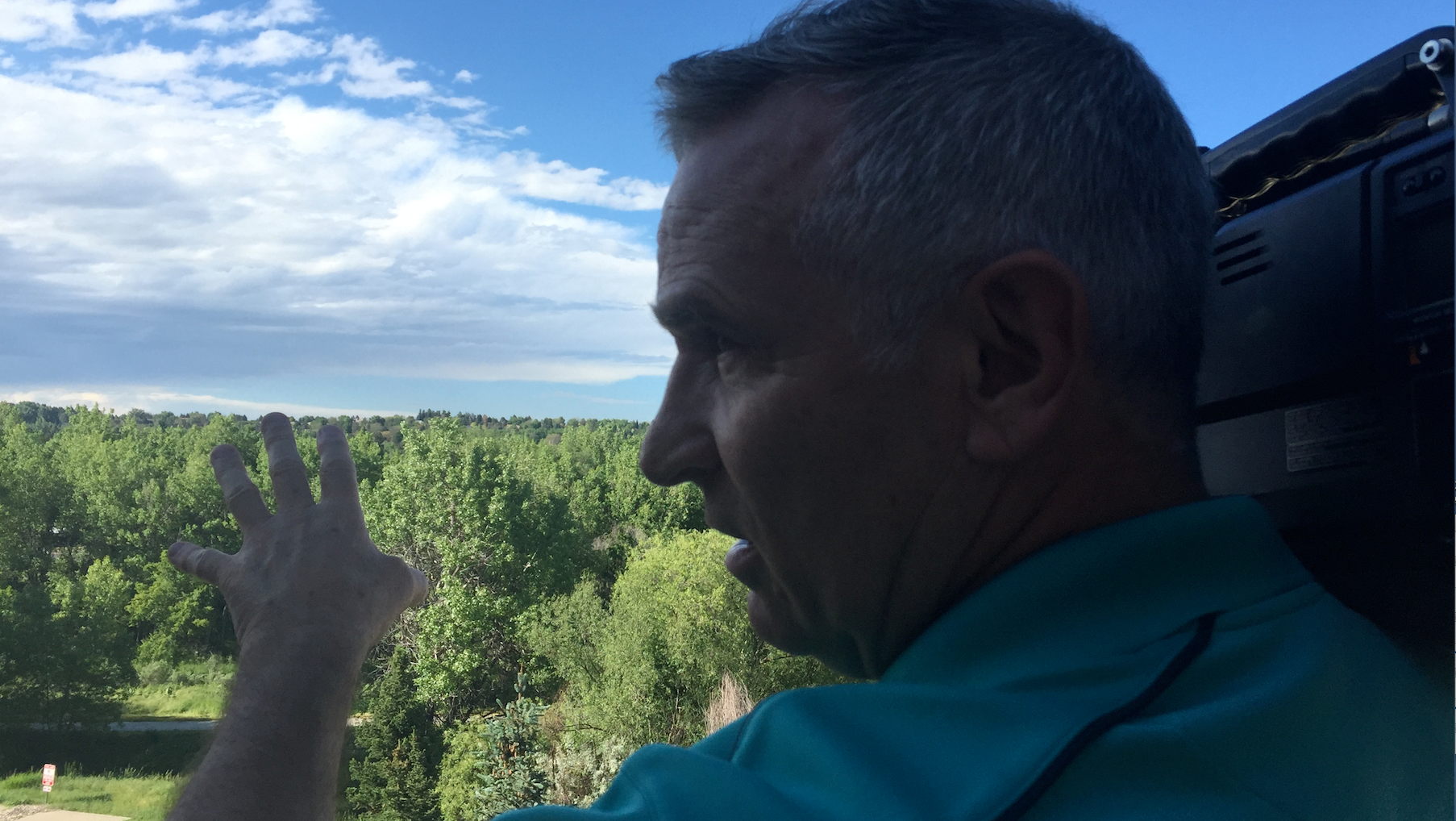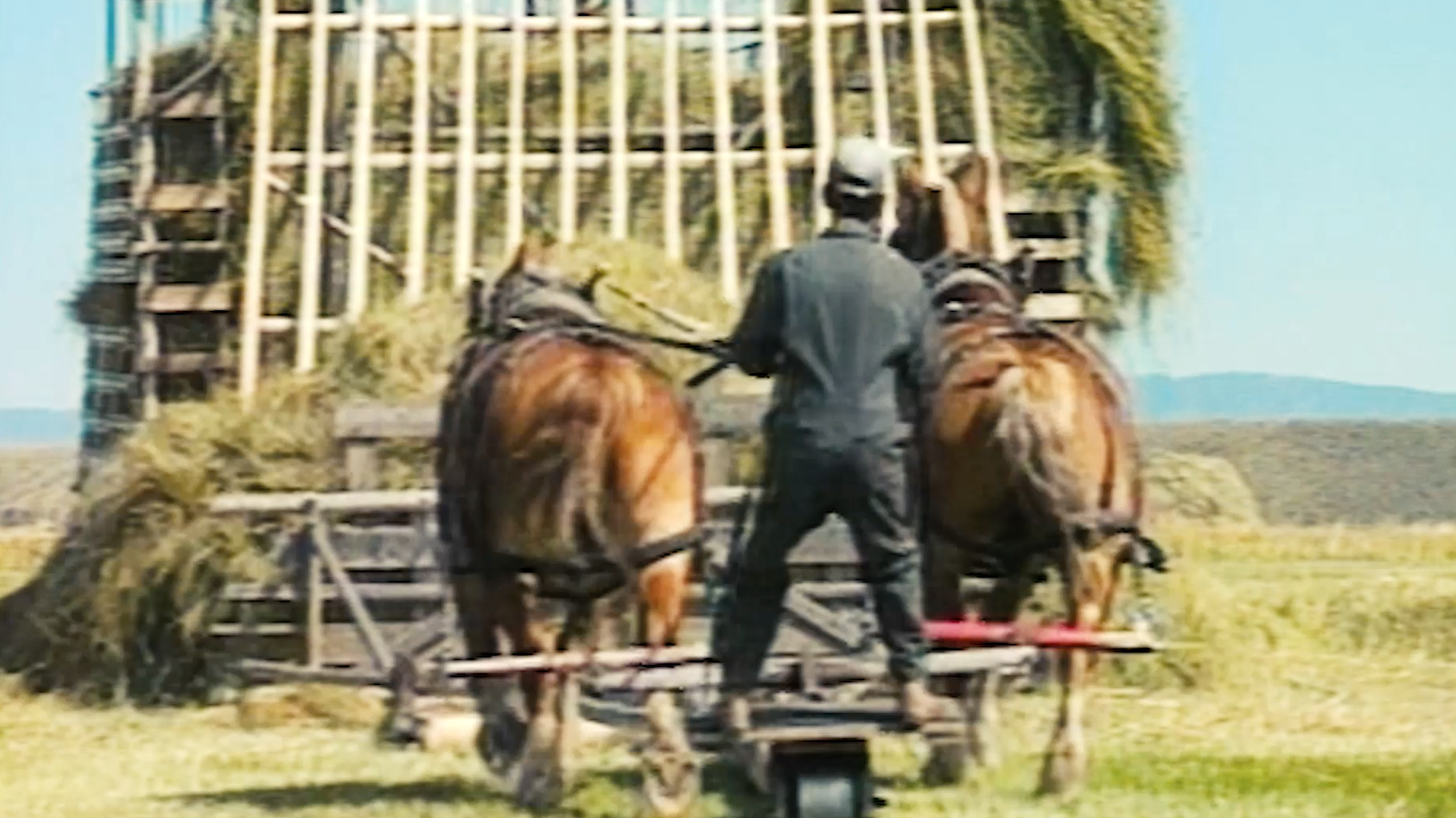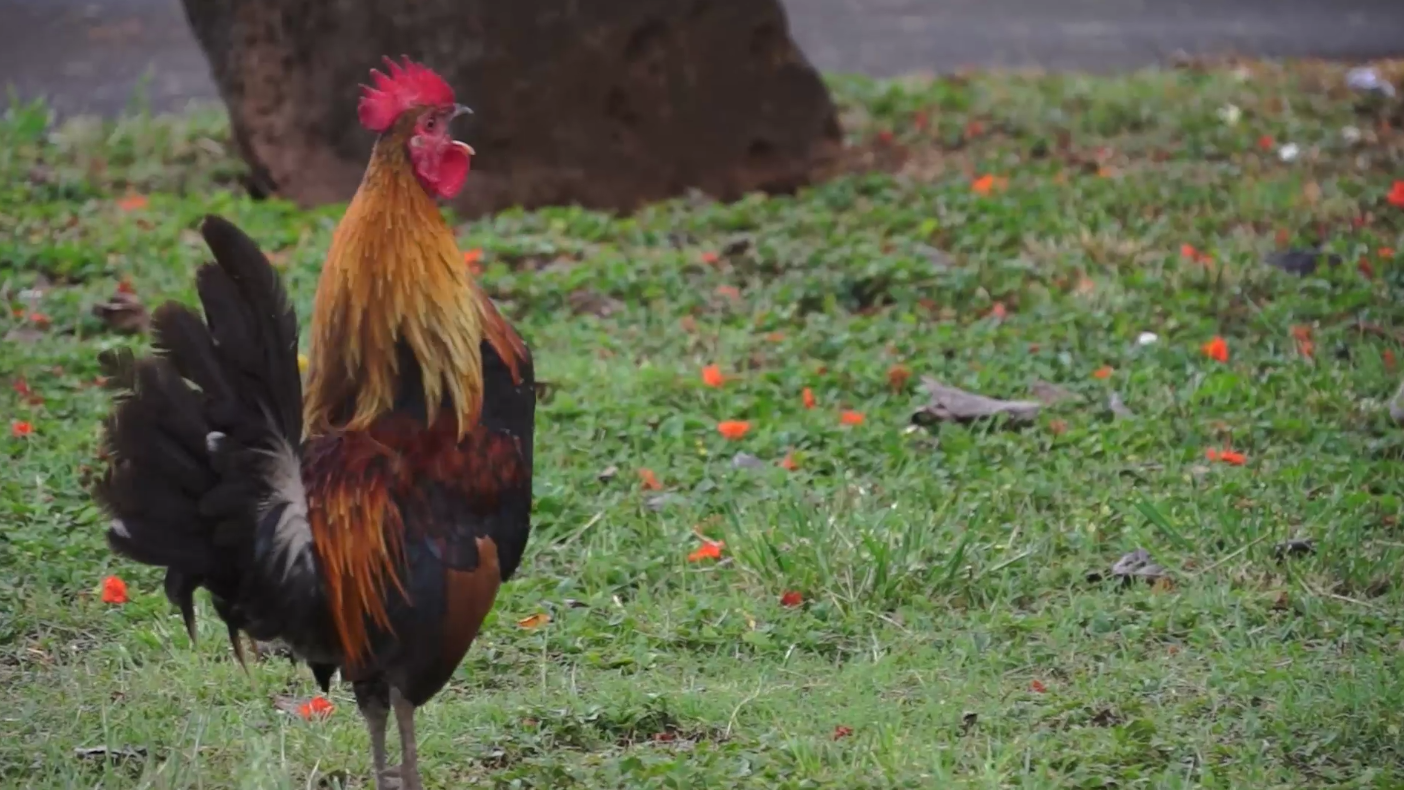V-Day 11.11.11
A feature length documentary honoring America's military veterans. Directed by John C.P. Goheen
The Fence of the Bear
Two young Georgian women take a journey of discovery to the border
where Russia occupies twenty percent of the Republic of Georgia territory.
El Viejo Norte
Travel with a Mexican family as they make their way north to the United States to work.
Lady Warriors
This HBO award winning documentary shares the inspirational story of a group of high school
girls on the Navajo Reservation in pursuit of an Arizona State Cross Country Championship.
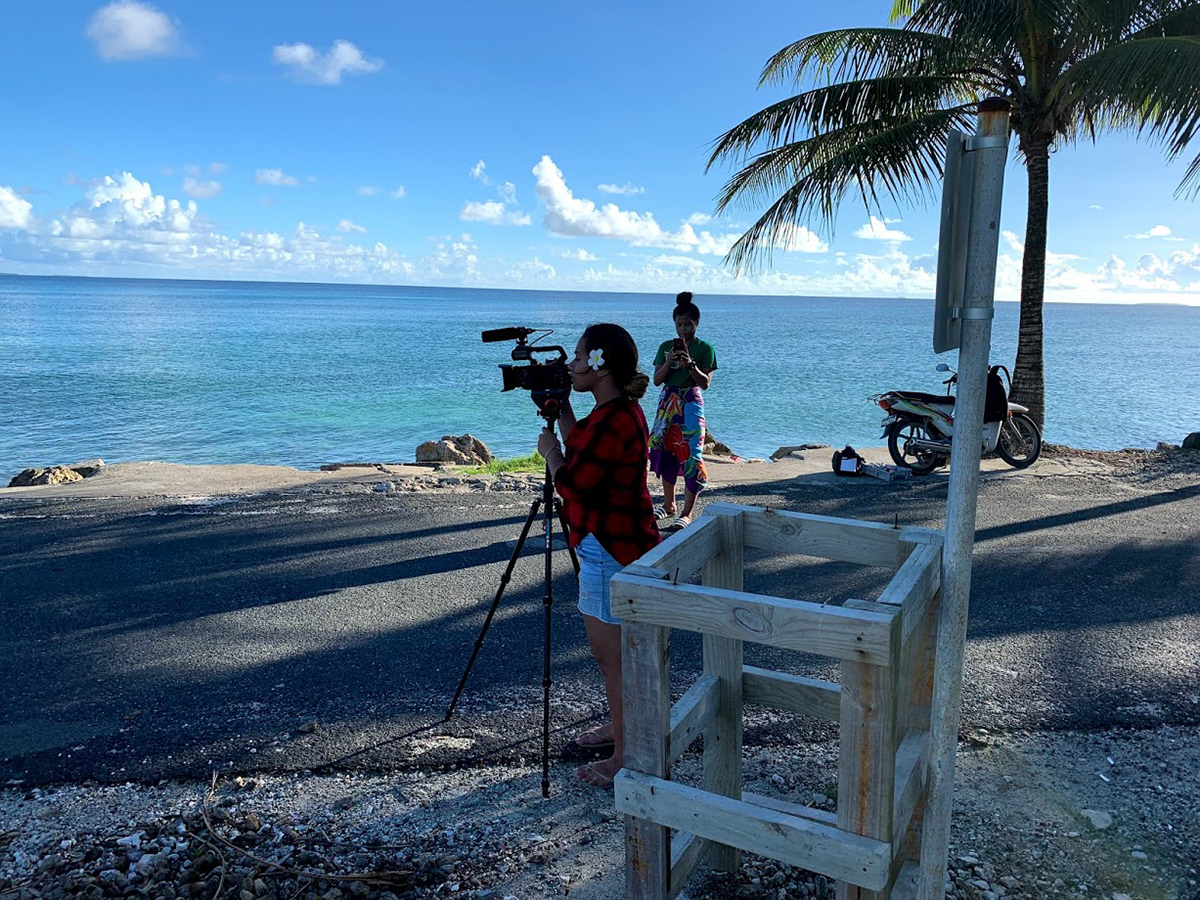

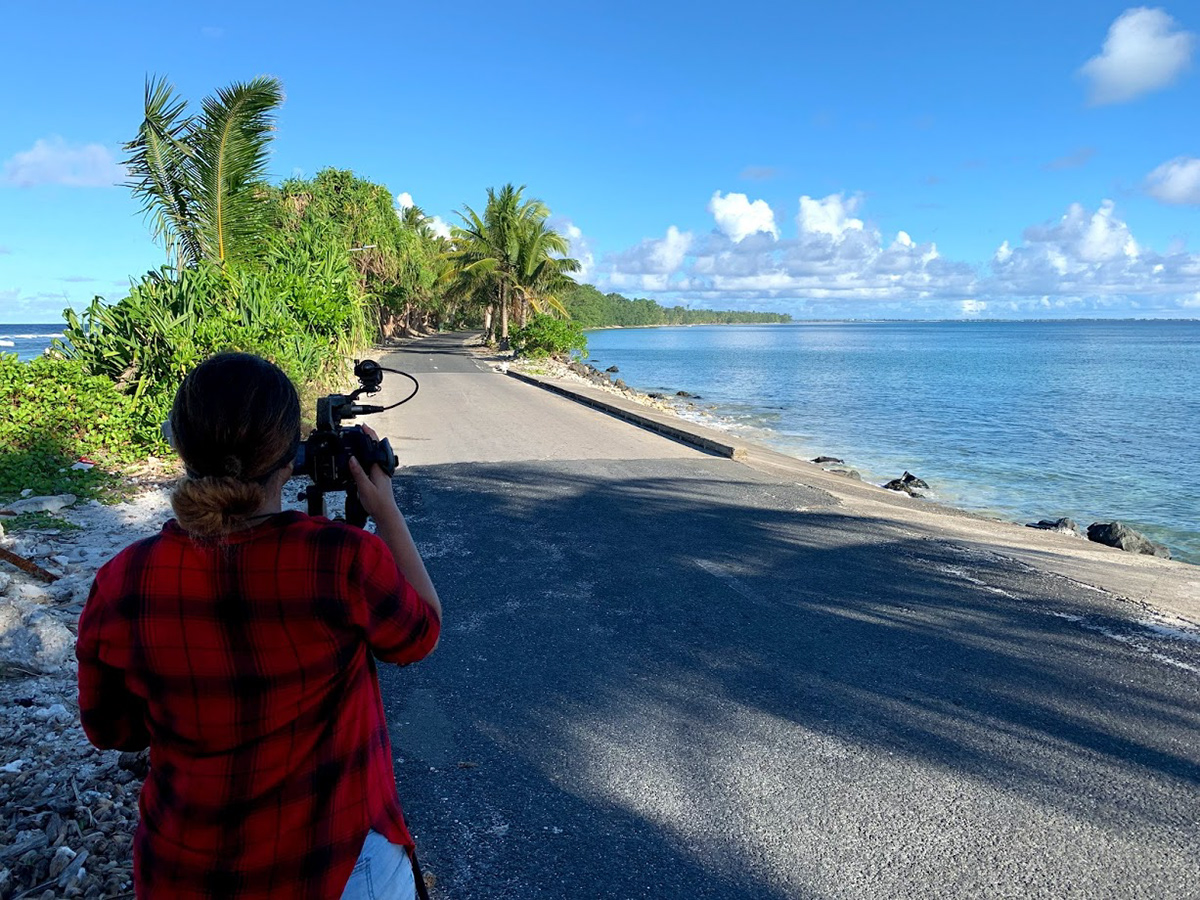
We Are Tuvalu
Tuvalu is a place few know where to find on a map. Few have visited and many more many never be
able to visit there if, as predicted, climate impact causes it to disappear by the end of the century.
This unique film project brought together 16 local Tuvalu youth to work with Loyola University Chicago students
and their professor, John Goheen, to create a cinematic film experience in a place many wish they could experience.
Libya
United States citizens were not permitted to travel to Libya for 28 years due to a U.S.
embargo of the country. After the embargo was lifted in 2004, freelance television
photographer/producer John Goheen was one of the first American journalists to
visit Libya to report on what the country looked like after such a long time.
Indonesia Tsunami
The Indian Ocean earthquake and tsunami on 26 December 2004 registered a magnitude of 9.1.
A series of massive tsunami waves grew up to 100 ft. high. Communities along the surrounding coasts of the Indian Ocean were severely affected, and the tsunamis killed an estimated 227,898 people in 14 countries, making it one of the deadliest natural disasters in recorded history. The direct results caused major disruptions to living conditions and commerce in coastal provinces of surrounded countries, including Aceh, Indonesia, Sri Lanka, Tamil Nadu, India and Khao Lak, Thailand. Banda Aceh reported the largest number of deaths.
Child Miners
On the Bolivian Altiplano, at more than 4000 meters above sea level, lies South America's most elevated town. Potosí is a mining town famous for the incredible riches that have been cut out of the Cerro Rico Mountain ever since 1545, when the Spaniards began with large-scale excavation. Its silver soon became the foundation of the Spanish Empire, and at its peak in the seventeenth century Potosí was one of the world's largest and wealthiest cities.
Over centuries Potoí's wealth was exported to Europe or to other Spanish colonies. When Bolivia achieved independence in 1825 its silver mines were nearly exhausted and Potosí's population had decreased from 200,000 to 10,000. To make matters worse, the fall in silver prices hurt Potosí's economy such that it could never completely recover. Today Potosí's mythical wealth is evident only in the expression "un potosí" for someone unbelievably rich.
Life is harsh on the Bolivian Altiplano. Paid jobs are difficult to find and most people live on subsistence agriculture or small herds of Llamas and Alpacas. With nearly 10 percent of its 120,000 inhabitants working either in the mining industry or in related areas, Potosí is one of the few exceptions to the rule. Today tin, zinc, lead, and silver are the main types of ore mined at Cerro Rico. The "rich hill," however, doesn't make its mineworkers wealthy; the exploitation of their labor started with the Spanish Conquistadors and continues to this day. Very few find enough metal to significantly improve their standard of living; the vast majority never rise out of poverty.
Children as young as 8 years old enter the mines as day. This is the story of one family.
Ghost of the Gulag
In far eastern Russian Siberia is the city of Magadan. Founded in 1929 as a base for transferring Gulag prisoners who arrived by sea to work at the Kolyma gold mine. The city is situated between Gertnera and Nagayeva bays, in the Magadanskaya oblast territory, on the coast of the Sea of Okhotsk and today is made up of a mix of former prisoners and prison guards who were a part of Stalin's Gulag prison system.
The Gulag was a system of forced labor camps established during Joseph Stalin’s long reign as dictator of the Soviet Union. The word “Gulag” is an acronym for Glavnoe Upravlenie Lagerei, or Main Camp Administration. The notorious prisons, which incarcerated about 18 million people throughout their history, operated from the 1920s until shortly after Stalin’s death in 1953. At its height, the Gulag network included hundreds of labor camps that held anywhere from 2,000 to 10,000 people each. Conditions at the Gulag were brutal: Prisoners could be required to work up to 14 hours a day, often in extreme weather. Many died of starvation, disease or exhaustion—others were simply executed. The atrocities of the Gulag system have had a long-lasting impact that still permeates Russian society today.
Ecotourism - Posada Amazonas
Posada Amazonas is a 30 bedroom lodge owned by the Native Community of Infierno. The lodge offers excellent wildlife observation opportunities, cultural context, and comfortable accommodations. It is located within the territory of the Infierno Community, built within the 2,000 hectares, private, communal reserve, which in turn is directly adjacent to the Tambopata National Reserve.
Periodical Cicadas (17-year)
Cicadas are often mistakenly referred to as locusts. Locusts are members of the grasshopper family, which have chewing mouthparts; cicadas have sucking mouthparts and do not chew. Periodical cicadas will not bite. They have been known to land on people, but they cause no harm. Even though adult cicadas suck on plants for nutrition, they feed very little as adults.
Periodical cicadas are not the same species as annual cicadas. Even though annual cicada nymph development cycles are also very long and variable, they are not synchronized like the periodical cicadas. Annual cicadas mature at different times, which is why we see them each year. Annual cicadas are green with black and are also larger than periodical cicadas, approximately 1½ to 2½ inches in length, and appear from July to September. Periodical cicadas are black with orange wing veins and red eyes, approximately ¾ to 1½ inches in length, and appear from May to July.
The life cycle of cicadas is a mystery to entomologists. Periodical cicadas require either 13 or 17 years in the nymph stage, developing underground, and mature very slowly. They are synchronized to emerge en masse, every 13 or 17 years. Their 17-year life span makes them the longest-lived insect known. There are two races of periodical cicadas, which are distinguished by the time required to develop into adulthood: the 17-year cicadas, which appear in the north, and the 13-year cicadas, which appear in the south.
Save the Children - India
Travel to India to learn about what an American aid agency is doing with donations to assist Indian children with all they need to get an education and more.
IDITAROD
In 1983 I covered the Iditarod Sled Dog Race in Alaska.
2023 marks the 40th year since this amazing adventure.
There is nothing else like it anywhere in the world.
This documentary is the first I shot and edited.
This adventure ranks as a career highlight.
Camera: John C.P. Goheen
Sound: Loren Brown
Reporter: John Larsen
Part 1 of 2
Part 2 of 2
